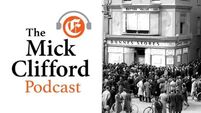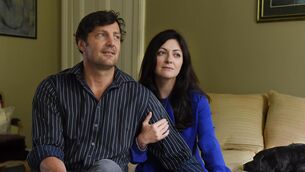Sinn Féin set to sweep up the votes
“They’ve a good story for everyone they meet,” says one TD. “If you are in third level, they’ll slash your fees. If you’re on social welfare, they’ll pay you more. And the only time they can be properly questioned on that is when they’re in Government.”
If the expected results of this weekend’s elections are anything to go by, the party is on an unstoppable march to reach such a destiny. But many will be watching closely as to whether this support holds when it comes under scrutiny or if it is merely riding the current wave of voter dissatisfaction sweeping across Europe.
















